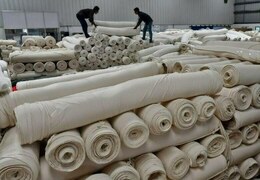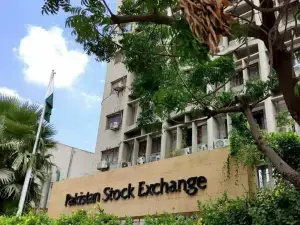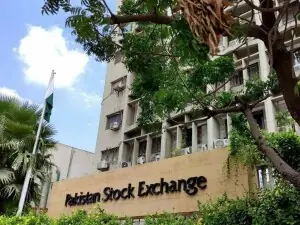British manufacturing output fell unexpectedly in May, denting hopes the economy has already returned to growth and raising expectations policymakers will have to do more to stimulate a recovery. Tuesday's data heightened concern the economy is still some way from a durable recovery and boosted speculation Bank of England policymakers will vote to expand their 125 billion pound quantitative easing scheme at their monthly meeting this week.
The Office for National Statistics said factory output fell by 0.5 percent in May, confounding forecasts for a 0.2 percent rise. And an initially reported 0.2 percent rise in April was revised away to nothing. The wider industrial output measure, which includes energy production and accounts for almost a fifth of economic output, fell 0.6 percent on the month after a downwardly revised 0.2 percent gain in April.
The data knocked the pound lower as it dashed expectations the economy had rebounded in the second quarter after suffering its steepest fall in 50 years in the first three months of the year. It also prompted academics at the National Institute of Economic and Social Research to revise their view that the economy hit its lowpoint in March. NIESR estimates GDP fell 0.4 percent in the second quarter and that the economy was now stagnating.
Recent activity surveys had shown a marked slowdown in the rate of decline in manufacturing activity and suggested the services sector, which accounts for three-quarters of economic output, had even started to grow again. A gloomy outlook for growth and inflation led the BoE to top up its asset purchase scheme in May, and Governor Mervyn King said recently little had changed since then.
The latest quarterly survey by the British Chambers of Commerce, published on Tuesday, also suggested the economy continued to contract between April and June, although sales and orders in manufacturing and services fell at a much slower pace.
Taken together, the figures may persuade the BoE to use the remaining 25 billion pounds authorised by the government to keep running its asset purchases through to August, when it will have a new set of economic forecasts. The ONS said May's decline in output was largely due to a 2.0 percent fall in paper, printing and publishing output and a 1.7 percent drop in output of machinery and equipment.
BR100
16,307
Increased By
236.2 (1.47%)
BR30
51,537
Increased By
1163.4 (2.31%)
KSE100
157,953
Increased By
1775.7 (1.14%)
KSE30
48,199
Increased By
520.5 (1.09%)






















Comments
Comments are closed.